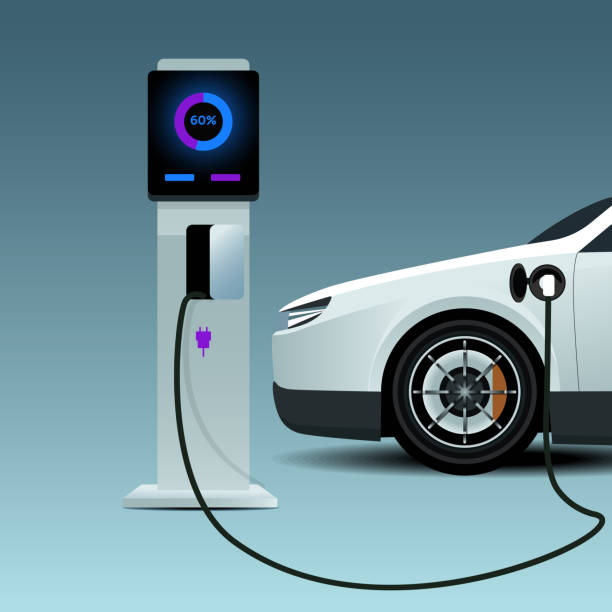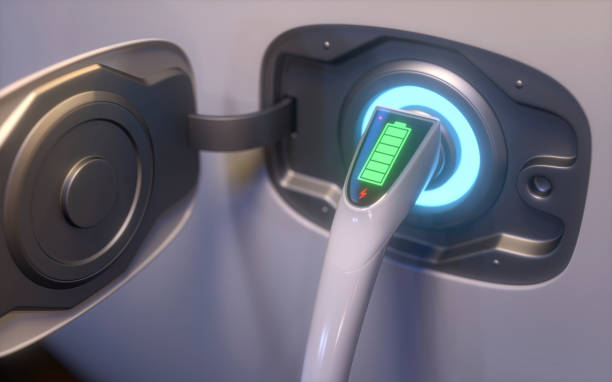Introduction
Table of Contents
How to maintain an electric car battery Maintaining your electric car battery is essential to ensure its longevity and optimal performance. With electric vehicles becoming increasingly popular, knowing how to properly care for your EV battery can save you time, money, and hassle in the long run. Whether you’re a new EV owner or a seasoned driver, understanding the best practices for battery maintenance is crucial.
An electric car battery replacement can be costly, so taking the right steps to maintain your battery can significantly extend its lifespan and enhance your vehicle’s overall efficiency. From optimal charging practices to managing temperature extremes, each aspect of battery care plays a vital role in preserving your electric vehicle’s health. In this guide, we’ll cover everything you need to know about how to maintain an electric car battery, providing you with practical tips and insights to keep your EV running smoothly for years to come.

Understanding Your Electric Car Battery
To effectively maintain your electric car battery, it’s important to understand the basics of how it works. Electric vehicles primarily use lithium-ion batteries, known for their high energy density and efficiency. These batteries store and supply the energy required to power your car, making them a critical component of your vehicle.
Lithium-ion batteries function through the movement of lithium ions between the positive and negative electrodes. This process, while efficient, can lead to gradual degradation over time, especially if the battery is not properly cared for. Factors such as frequent full charging, deep discharging, and exposure to extreme temperatures can accelerate battery wear and tear.
By learning how electric car batteries work and the factors that influence their health, you can take informed steps to prolong their lifespan. Maintaining your EV battery involves more than just regular charging; it’s about adopting best practices that align with the battery’s operational needs. This includes understanding charging habits, temperature management, and the overall maintenance required to keep your electric vehicle in top condition.
Optimal Charging Practices
Keep Charging Between 20% and 80%
One of the most effective ways to maintain your electric car battery is to keep its charge level between 20% and 80%. Fully charging or completely discharging the battery can put unnecessary stress on it, leading to faster degradation. By maintaining a moderate charge level, you can significantly extend the battery’s lifespan and ensure consistent performance.
Avoid Frequent Fast Charging
While fast charging is convenient, frequent use can negatively impact your battery’s health. DC fast chargers deliver a high amount of power in a short time, which can cause the battery to heat up and degrade more quickly. Whenever possible, use slower home charging stations to top up your battery. These slower chargers are gentler on the battery and help maintain its long-term health.
Avoid Full Charges and Deep Discharges
Avoiding full charges and deep discharges is another key practice in maintaining your electric car battery. Charging your battery to 100% or letting it drop to 0% can cause additional wear and tear. Instead, aim to keep your battery within the optimal range of 20% to 80% for daily use. This practice not only helps in maintaining the battery’s health but also maximizes its efficiency and lifespan.
Temperature Management
Maintain Optimal Battery Temperature
Temperature plays a crucial role in the health of your electric car battery. Lithium-ion batteries perform best within a specific temperature range, usually between 20°C and 25°C (68°F to 77°F). Keeping your battery within this range helps ensure optimal performance and longevity.
Avoid Extreme Temperatures
Extreme temperatures, whether hot or cold, can negatively affect your battery’s health. High temperatures can cause the battery to overheat, while cold temperatures can reduce its efficiency and capacity. To avoid these issues, park your car in shaded or indoor areas during hot weather and in a garage during cold weather. Using thermal management systems, if available, can also help maintain the battery at an ideal temperature.
Driving and Usage Habits
Smooth Driving Practices
Your driving habits have a significant impact on your electric car battery’s health. Gentle acceleration and braking reduce the strain on the battery, helping to preserve its capacity over time. Aggressive driving, on the other hand, can lead to faster degradation. Adopting smooth driving practices can contribute to a longer-lasting battery and better overall vehicle performance.
Utilize Regenerative Braking
Regenerative braking is a feature in most electric vehicles that helps extend battery life by converting some of the energy lost during braking back into stored energy. This not only improves the overall efficiency of your vehicle but also reduces the wear and tear on the battery. Utilizing regenerative braking as much as possible can help maintain your electric car battery’s health and prolong its lifespan.
Regular Maintenance Checks
Scheduled Maintenance
Following the manufacturer’s maintenance schedule is crucial for the health of your electric car battery. Regular maintenance checks ensure that any potential issues are identified and addressed early, preventing more significant problems down the line. Adhering to scheduled maintenance can also help you stay informed about the latest updates and best practices for your specific vehicle model.
Software Updates
Keeping your electric vehicle’s software up-to-date is another important aspect of battery maintenance. Software updates often include improvements and optimizations that enhance battery performance and longevity. Regularly checking for and installing these updates can ensure your vehicle operates at its best, contributing to the overall health of your electric car battery.
Proper Storage Practices
Store with Optimal Charge Levels
If you plan to store your electric vehicle for an extended period, it’s important to leave the battery at an optimal charge level. Experts recommend keeping the battery charge between 50% and 60% during storage. This prevents both overcharging and deep discharging, which can harm the battery’s health.
Control Environmental Conditions
The environment where you store your electric vehicle can also impact the battery’s health. Ideally, store your car in a cool, dry place to avoid temperature extremes and humidity. These conditions help maintain the battery’s integrity and prevent unnecessary degradation while the vehicle is not in use.
Frequently Asked Questions
Q: How often should I charge my electric car battery? A: Charge your battery as needed, but avoid frequent full charges. Keeping it between 20% and 80% is ideal for daily use.
Q: Can extreme temperatures affect my electric car battery? A: Yes, both hot and cold temperatures can impact battery health. It’s best to park in shaded or indoor areas during hot weather and in a garage during cold weather.
Q: Is it okay to use fast chargers regularly? A: While convenient, frequent use of fast chargers can degrade the battery over time. Whenever possible, use slower home charging stations to top up your battery.
Q: How can I extend the life of my electric car battery? A: Follow best practices such as maintaining optimal charge levels, avoiding extreme temperatures, utilizing regenerative braking, and adhering to a regular maintenance schedule.
Conclusion
Maintaining your electric car battery is essential for ensuring your vehicle’s longevity and optimal performance. By following the tips outlined in this guide, such as optimal charging practices, temperature management, smooth driving habits, and regular maintenance checks, you can significantly extend your battery’s lifespan. Remember, proper care and maintenance of your electric car battery not only save you money but also enhance your overall driving experience. Adopting these best practices will help keep your electric vehicle running smoothly for years to come.


